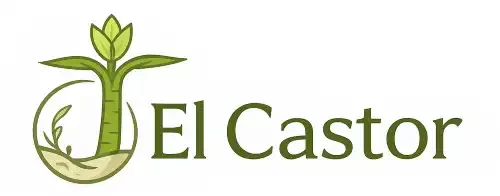When to open a closed terrarium becomes a pressing question for many plant enthusiasts who notice their miniature ecosystem behaving unexpectedly. The self-sustaining nature of these glass gardens often leads people to believe they should remain permanently sealed, creating confusion about proper maintenance timing.
Understanding the delicate balance within terrarium environments helps prevent common mistakes that can damage or destroy these carefully crafted miniature worlds. Each terrarium tells its own story through visual cues that signal optimal opening times.
When to open a closed terrarium?
A closed terrarium should be opened when excessive condensation prevents clear visibility of the plants inside, typically requiring 24-hour ventilation periods to restore proper humidity balance. The decision to open your terrarium depends on several environmental factors and visual indicators that your miniature ecosystem provides.

Excessive condensation buildup
Persistent condensation that completely obscures the glass walls indicates heightened humidity levels that require immediate attention. Healthy terrariums should show some condensation, but not to the extent that plants become invisible behind fogged glass. Remove the lid for one day to allow excess water to drain away, then close it again and continue monitoring.
The glass of a closed terrarium should go through a daily cycle of misting up and clearing, but constant condensation coverage requires intervention. This natural cycle indicates proper function, while persistent fogging suggests an imbalance requiring temporary ventilation.
Plant stress indicators
Yellowing or wilting leaves often indicate problems linked to overwatering and excessive humidity. These symptoms manifest when plants cannot process the overwhelming moisture levels within their enclosed environment. Plants showing pale moss coloration or wilting leaves benefit from brief opening periods to reduce environmental stress.
Root rot can develop in oversaturated conditions, making preventive opening essential for plant health. Monitoring plant vitality provides crucial feedback about humidity levels and ventilation needs within the terrarium system.
Mold and fungal growth
High humidity levels create perfect conditions for molds and fungi to establish, especially in overcrowded terrariums. Remove mold immediately and open the lid for several hours to provide air circulation and reduce moisture levels. This intervention prevents spore spread and protects healthy plant material from contamination.
Inadequate ventilation combined with high humidity creates ideal breeding conditions for bacterial infections and fungal problems. Regular opening prevents these issues from establishing and spreading throughout the ecosystem.
Routine maintenance timing
Open terrariums every few months to let in fresh air, with more frequent ventilation during summer months. Monthly opening for approximately 20 minutes provides adequate air circulation for most closed systems. This scheduled approach maintains healthy air exchange without disrupting the established ecosystem balance.
Many successful terrariums remain closed for years without problems, indicating that opening frequency depends on individual system needs rather than fixed schedules. Rotate the container weekly and monitor seasonal light changes that might affect opening requirements.
Settling-in period adjustments
New terrariums require more attention during the first few months as plants adapt to their enclosed environment. This adjustment period often involves multiple opening sessions to achieve proper humidity balance. Plants must acclimatize to temperature and brightness conditions in their new environment, requiring careful moisture monitoring.
During the settling-in period, observe daily for changes and be prepared to open the terrarium several times as the ecosystem stabilizes. This active management ensures successful establishment of the self-sustaining cycle.
Environmental response factors
Temperature fluctuations in your home can trigger increased fogging, particularly when house temperatures drop after warm days. Condensation occurs due to temperature differences between the terrarium interior and glass surface. Understanding these environmental triggers helps predict optimal opening times.
Seasonal positioning changes may require temporary opening to prevent overheating or excessive moisture accumulation. Avoid direct sunlight exposure, which can turn terrariums into overheated greenhouses requiring emergency ventilation.
Conclusion
Last autumn, I discovered my favorite moss terrarium had developed a persistent fog that completely obscured the delicate fronds I’d carefully positioned inside. After opening it for 48 hours and monitoring the gradual clearing of condensation, I realized how important these visual cues are for terrarium health. The terrarium now thrives with proper humidity balance, reminding me that even self-sustaining ecosystems benefit from thoughtful intervention. This experience reinforced my belief that successful terrarium care comes from understanding these miniature worlds rather than simply hoping they’ll manage themselves.
